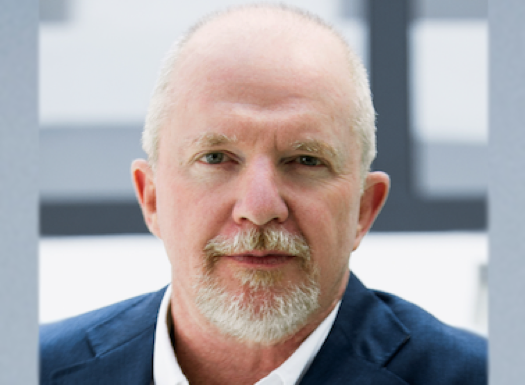Following Steve Ahern’s recent article on wrong interpretations of radio listening, Wayne Clouten (pictured) from research company BPR weighs into the discussion on survey methodology.
He writes:
From poor sample construction and questionnaire design to antiquated fieldwork practices and incompetent interpretation there is unfortunately too much misguided assumption and bias masquerading as new insight.
Part of the problem is the agenda behind the research in the first place, another big problem is lack of experience in how to do it right. Then to make matters worse there is social media to fast track the distribution and speed up the process of Confirmation Bias.
In any event it’s a potent combination and poor research needs to be called out.
This is a very difficult problem to solve and frankly I don’t think it can be completely solved. I fear it’s going to get worse and it will be a continuing challenge for decision makes to sort the wheat from the chaff.
BPR works with more than 200 radio stations in 21 countries including Australia, Russia, Germany, Finland, Poland, Austria, Portugal, Spain, Hungary, Sweden, Africa, New Zealand, Ireland and a number of African countries. The company specialises in research and consultancy for radio and television stations.
Other comments on the original article include:
A note from CRA’s Joan Warner clarifying that GfK Radio Surveys “do measure radio listening across all platforms. This includes AM/FM, DAB+, internet listening and listening via a mobile device or tablet.” The breakdown by platforms is, however, not available in each of the eight survey reports per year, but this year CRA has begun to release DAB+ figures simultaneously with AM/FM results.
A comment from Kevin Robb: “There are so many different avenues that stream various radio transmissions it is near impossible to gauge the number of listeners… Measuring the total number of actual listeners would require a radically new monitoring method which, unfortunately, would be also be extremely expensive and maybe never possible.”
Anthony the Koala commented: “If you look at the Gfk ratings for any particular capital city, you’ll find that for the particular ratings period, the total audience share in a particular market is not 100%. If you take the Sydney’s ratings for example, you will find that the total ratings are between 83% and 86%. It does not explain fully what the 17% to 14% are listening or not listening. It may well be 2SM, community radio, spotify and other radio streaming services. One wonders why some stations survive even if they are not included in the main ratings surveys. It may be that some stations conduct their own research and obtain details that is not available under the main ratings system.” Anthony is correct in his assumption that there are other AM, FM and now digital stations that are not published in the results. While those stations are counted in the methodology, they are not subscribers to the rating system, so their results are not published.
John Patkin added: “Broadcasters’ need to be more forthcoming with Internet listening figures, while research companies need to build these metrics into their figures transparently. Organisations representing terrestrial broadcasters risk extinction unless they expand their membership base beyond a handful of companies that are already represented beyond a one-way transmission stick.”
To read the comments in full, check back on the original article here.

